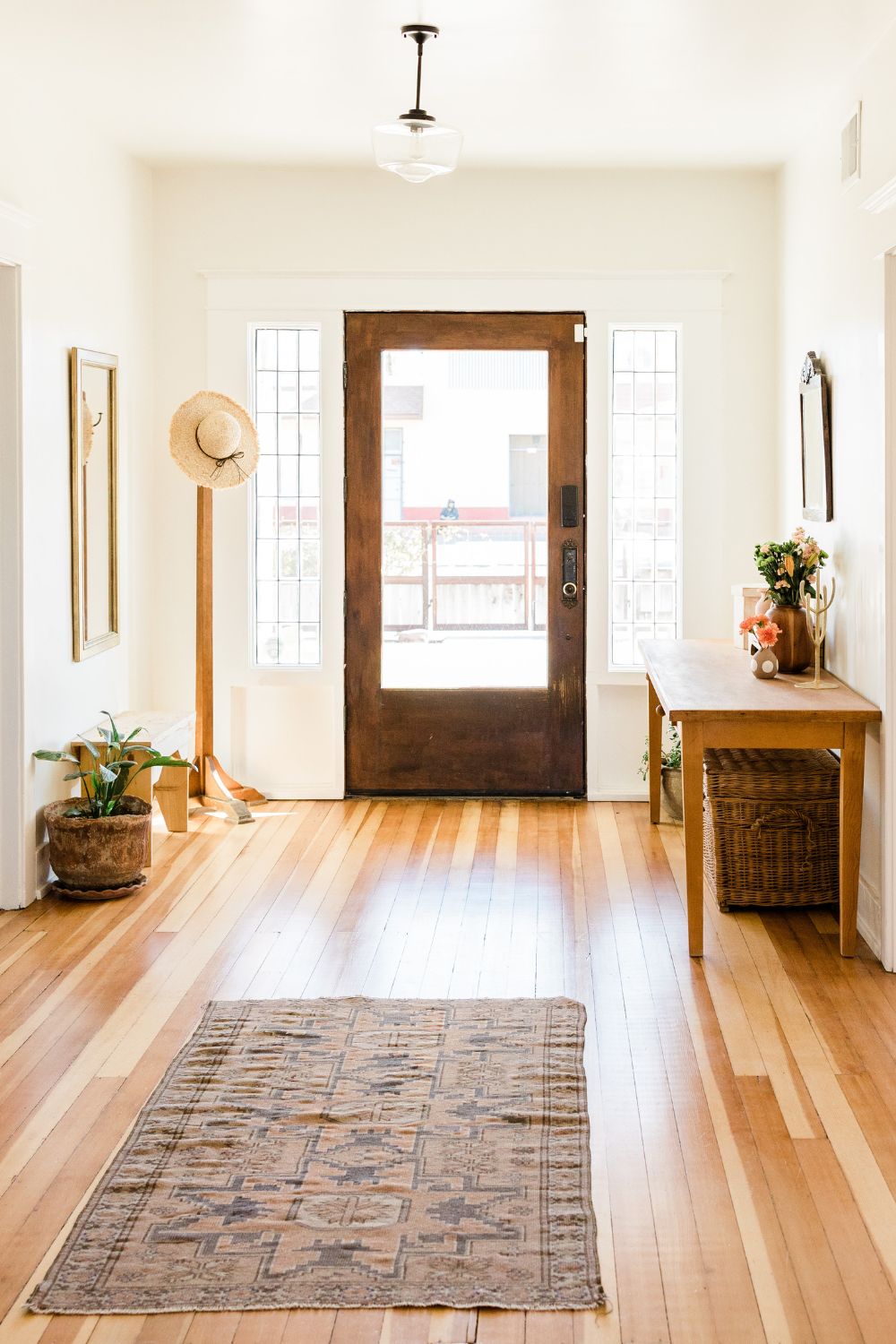5 Home Staging Myths | What Really Matters When Selling
Selling your home can be a meticulous process, and one crucial aspect often overlooked is avoiding common home staging myths. We’ve all heard about what to do when selling your home, but what about what not to do?

When it comes to selling your home, effective staging can make a world of difference. However, not all staging strategies are created equal. In this guide, we’ll debunk five common home staging myths that might seem like a good idea but don’t actually add value to your sale. Let’s dive in and discover what truly works to make your home shine.
Why Home Staging is Crucial: Before we delve into these blunders, it’s essential to understand why home staging matters. Numerous studies have consistently shown that well-staged homes tend to sell faster and often at higher prices. Staging helps buyers see the potential of a space, making it easier for them to envision themselves living there.
In this post, we’ll debunk 5 common home staging myths to avoid when selling your home, from a seasoned Realtor.
COMMON HOME STAGING MYTH #1
SPLURGING ON HIGH END FURNITURE
Belief: Buying expensive furniture will make my home look more luxurious and valuable.
Reality: High-end furniture can be a costly investment, but it doesn’t necessarily translate to higher perceived value. Opt for well-maintained, stylish furniture that suits your space and appeals to a broad audience.
As any savvy Realtor will tell you, it’s not about the price tag; it’s about the presentation. While splurging can be fun, the reality is that well-maintained, stylish furniture that suits your space is what truly shines. Buyers want to feel at home, not overwhelmed by a royal couch.
COMMON HOME STAGING MYTH #2
THE MORE DECOR, THE MERRIER
Belief: Adding an abundance of decorative items will make my home feel cozier and more inviting.
Reality: Overloading with accessories can actually overwhelm potential buyers. Choose a few tasteful decorative pieces and focus on decluttering to create a welcoming environment.
Too many accessories can turn your home into a maze. Instead, embrace the ‘less is more’ approach. Select a few tasteful decorative pieces and let your well-staged space breathe.
COMMON HOME STAGING MYTH #3
A COMPLETE ROOM RENOVATION IS A MUST
Belief: I have to renovate every room to make my house seem modern.
Reality: While renovations can be impactful, they are also expensive and time-consuming. Instead, prioritize essential repairs and updates, such as fresh paint and fixing visible issues.
It’s not about completely reinventing the wheel. Your home has character, and potential buyers often appreciate a mix of your unique style with a few strategic updates.
COMMON HOME STAGING MYTH #4
BOLD AND TRENDY PAINT COLORS SET YOU APART
Belief: Bold and trendy paint colors will help my home standout in the market.
Reality: While a pop of color can be appealing, overly bold or trendy choices can limit buyers’ imagination. Stick to neutral paint colors that provide a clean canvas for potential buyers.
Bold colors can indeed make a statement, but they can also limit your buyers’ imagination. The secret sauce? Stick to neutral paint colors. They provide a versatile backdrop that allows buyers to picture their own style in your space, which is what you ultimately want.
COMMON HOME STAGING MYTH #5
AESTHETICS TRUMP MAINTENANCE
Belief: Aesthetic improvements take precedence over maintenance tasks.
Reality: Neglecting maintenance like leaky faucets or electrical issues can deter buyers, no matter how good your home looks. A well-maintained home is just as crucial as its appearance.
The caveat to this is the current market. If it’s a seller’s market, you may be able to use repairs as a bargaining tool during negotiations. However, it’s a buyer’s market, you will likely sell faster if you fix issues beforehand. Additionally, price point matters here. If the home is in a low price point, most buyers expect a fixer-upper. At the higher price point, buyers expect the home to reflect the cost.
By dispelling these five home staging myths, you’ll be better equipped to stage your home effectively and attract potential buyers. Don’t fall into the trap of thinking that more expensive furniture, an abundance of decor, or extensive renovations are the only ways to add value to your sale. Focus on what truly matters: creating a clean, inviting space that appeals to a wide range of buyers.
Avoiding these misconceptions will lead to a more successful home sale and a more positive experience overall. Remember, it’s not about what you spend, but how effectively you present your home.

